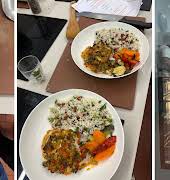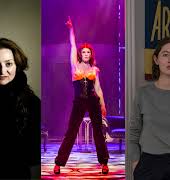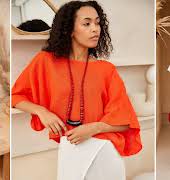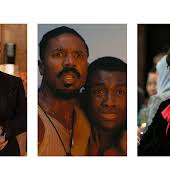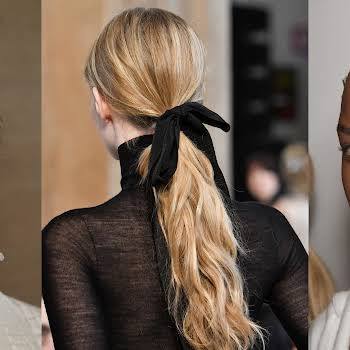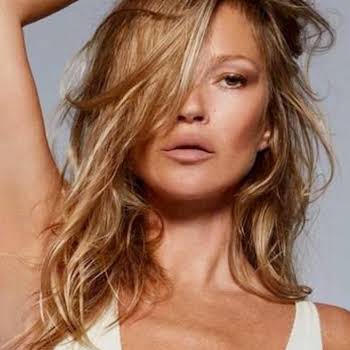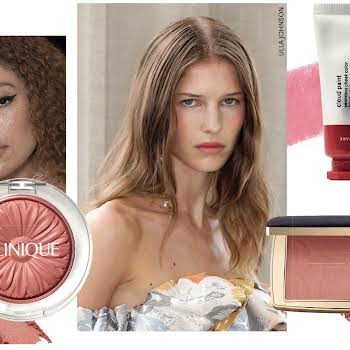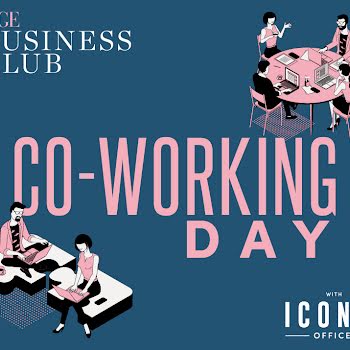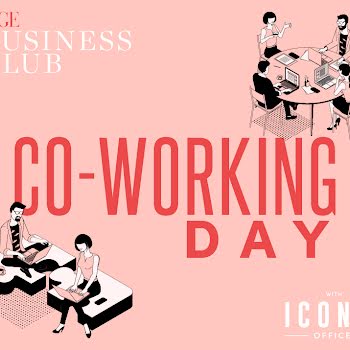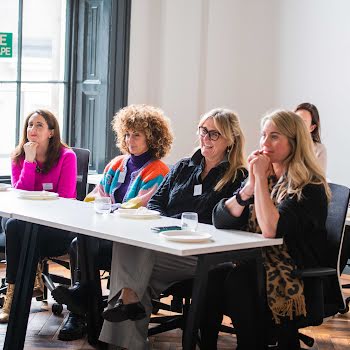
By Marie Kelly
04th Mar 2017
04th Mar 2017
I’ve just finished a feature for the April issue of IMAGE Magazine (on shelves March 23) about?the diversity of models now appearing on the runways. The theme of the issue is “beauty” and how it is defined, today in 2017. Certainly, the range of looks and model types on the runway?at Gucci and Vetements, to name two brands, is very visible. But according to an Instagram post by casting director James Scully last Tuesday, some labels, including iconic French house Balenciaga, are refusing to even look at, let alone cast, models from different ethnic backgrounds. This emerged?the same week that high-street store Zara came under fire for its advertisement featuring two young girls with tiny waists and petite bums wearing jeans alongside?a slogan that reads, “Love your curves”. The unanimous response on Twitter?was, to paraphrase, “Are you kidding? These kids don’t have curves!”

Fashion trends change rapidly, but model types have remained largely static.?Faces are?becoming more eclectic-looking, but different?body types are still not represented on the runways, and neither is there?enough ethnicity. The Zara debacle is especially troubling because, whatever about a brand openly casting thin models, in its denim advertisement Zara?is suggesting that these young, probably size 8 girls, are what constitute curvacious today. That’s simply not true. It’s also disappointing that Zara, whose core customers are?women age 30 plus, didn’t think it appropriate to choose older-looking, more grown-up models. I’m a big fan of Zara clothes, but as a woman of 42, nothing about this advert resonates with me or reflects how I want to look. In fact, it alienates me immediately. But?what does a?young, more easily influenced woman or?teenager interpret from this advert? They’ll quite simply deduce that if these Zara girls are?curvy then they themselves must be fat. Again, that’s simply not true.
I read The Beauty Myth by Naomi Wolf shortly after I left college and it was an incredibly?powerful read. Wolf argues that women have become slaves to unrealistic standards of physical perfection. The book was written in 1990 and Wolf reveals that in the decade before publication, “cosmetic surgery became the fastest-growing speciality?[in the US], and 33,000 American women told researchers that they would rather?lose ten to fifteen pounds than achieve any other goal…” How depressing. She argued that although women have more money, power and legal recognition than ever before, in terms of how they feel about?themselves physically, they may be worse off than their unliberated grandmothers. That was 27 years ago. Are women better or worse off today?
Wolf is not saying that women shouldn’t care about how they look, buy lipstick, enjoy having their hair done and relish buying a new dress. We all want to make the very best of ourselves. What she’s saying?is that firstly, there isn’t just one idea of beauty?and’secondly, physical “perfection” is unobtainable anyway so?to try and achieve it is a waste of time, money and energy that could be channelled into something far more positive. When I was in my twenties I was preoccupied with being thin, possibly obsessed in hindsight, and I spent a lot of time calculating “points”, weighing myself and worrying about?whether I could afford (calorifically) to eat an apple.?I often wonder would I be in a different place today?if I’d had another focus, a more positive day-to-day goal. Staying unnaturally think takes a lot of brain power.
If we were exposed to more’diverse representations of beauty,?each of us?would be able to?find?a look that we?could?identify with and naturally aspire to.?Why have so many of us?tried to shoehorn ourselves into one tall, thin, blonde category over the years? After all, sameness is boring and very soon seeps into generic. It was wonderful to see Simone Rocha cast older women in her AW17 runway show, and Teatum Jones took model casting one step further by choosing’model Kelly Knox who was born missing half of her right arm, and Jack Eyers, who had his right leg amputated when he was a teenager, to walk in his AW17 show. Each one of them looked amazing and added a real point of difference to these particular shows.



Of course, it’s easy to point fingers at designers and casting agents, but we all have a part to play in breaking down what Wolf called The Beauty Myth. As a media professional, a fashion director and a woman, I need to encourage and support diverse images of physical beauty. In the March issue of IMAGE Magazine (on shelves now), comedian Aisling Bea said something that really struck me. She’s talking about her passion for ethical dressing, but her words could be applied to the goal of diversity in fashion. “It’s just about trying,” she says. “If we all tried, imagine what we could achieve.” Exactly.
Holding shot: Simone Rocha AW17

